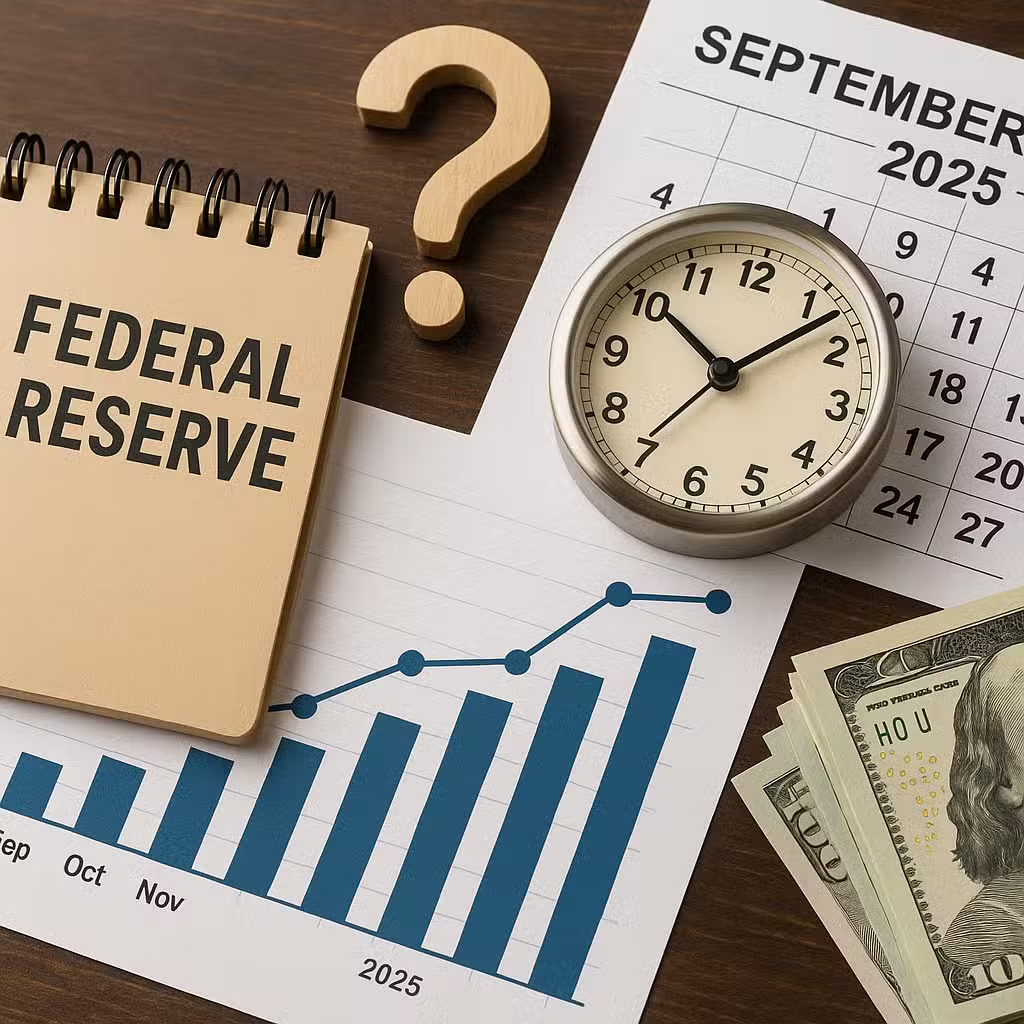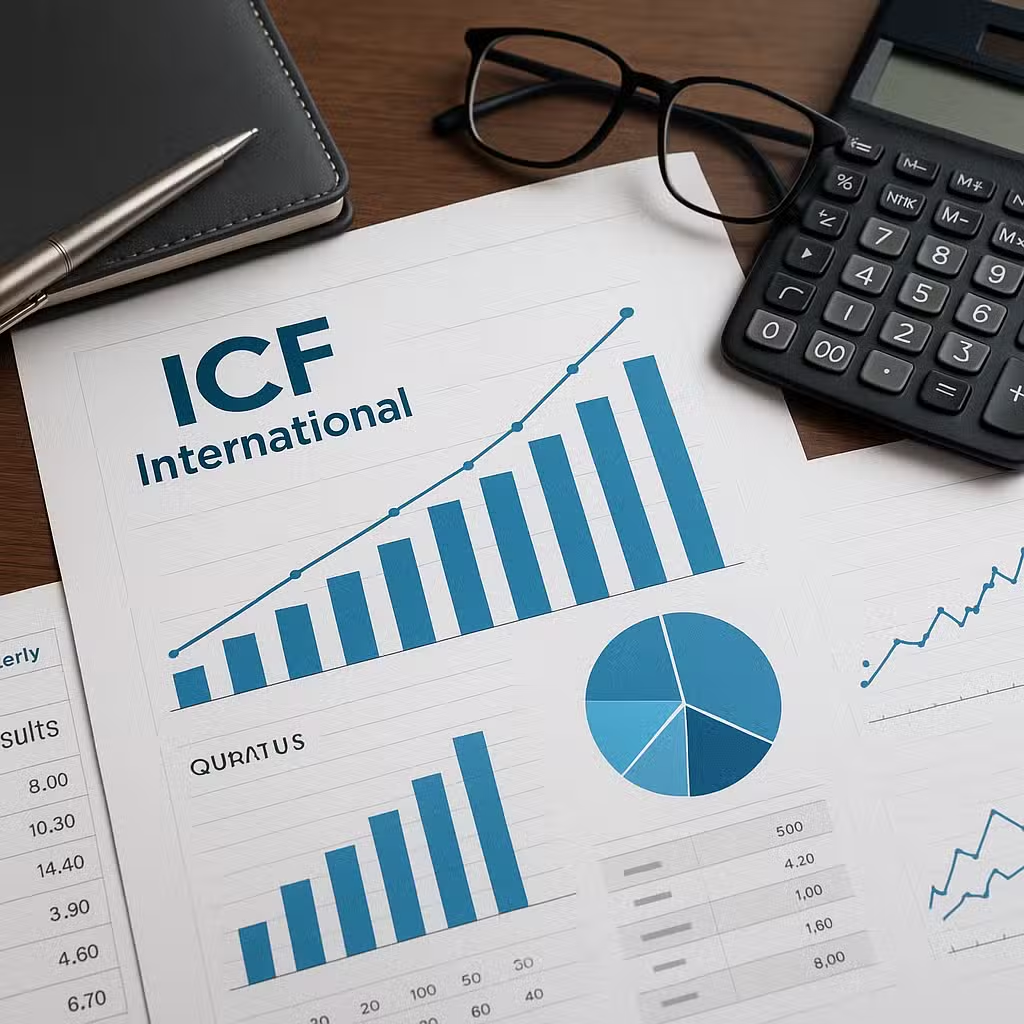Fed Minutes Signal Cautious Approach for September 2025, Highlighting Key Investor Considerations
Think of the Federal Reserve as the driver of a big bus called the U.S. economy. When the road gets bumpy, the driver has to decide whether to slow down or speed up to keep everyone safe. Right now, the Fed is talking about whether to push the brakes (raise interest rates) or ease off (lower them) to help the ride go smoothly.
Why Investors Should Care
The Fed’s decisions about interest rates can make a big difference for investors. Lower rates usually mean cheaper loans, higher stock prices, and changes in bond yields. But if the Fed moves too fast or too slow, it could shake up the whole market.
The Bullish Case: Why Rate Cuts Could Help
- Cheaper Borrowing: Lower rates can help businesses and people borrow money at lower costs, which can boost spending and investment.
- Stock Market Boost: Historically, U.S. stocks tend to perform better after the Fed lowers rates. For example, after rate cuts in 2019, the S&P 500 rose about 29% that year (CNBC).
- Support for Jobs: Lower rates can help businesses stay strong, which may keep more people employed, especially if the job market is getting weaker.
The Bearish Case: Reasons to Be Cautious
- Inflation Risks: If the Fed cuts rates too much, it could make prices rise faster than people’s paychecks, which hurts everyone.
- Mixed Signals: Some officials think the economy isn’t weak enough to need lots of cuts, and moving too quickly could send the wrong message to markets.
- Long-Term Impact: If rates stay low for too long, it can hurt savers and make it harder to control inflation later.
What the Fed Said
Most Fed officials at the September meeting agreed that lowering rates was needed because the job market seemed weaker. But they didn’t all agree on how many times to cut rates this year. Some wanted two more cuts, while others wanted three. Their “dot plot” (a chart showing each official’s opinion) was almost split down the middle.
One new member, Stephen Miran, thought the Fed should be even more aggressive and wanted a bigger cut right away. But others thought being careful made more sense, since financial conditions weren’t too tight yet.
Surveys of big banks and financial firms showed that most people expected at least two more cuts by the end of the year, with some hoping for three.
Historical Perspective
This isn’t the first time the Fed has faced a split decision. Back in 2008, as the financial crisis hit, the Fed slashed rates several times to help the economy recover. But sometimes, moving too fast can add new risks, like rising inflation or market bubbles. A study from the Federal Reserve Bank of San Francisco found that while rate cuts can help in the short run, they can also lead to higher inflation if used too often (FRBSF).
Investor Takeaway
- Watch for Fed Meetings: The next two meetings could bring more rate cuts. Pay attention to their decisions—they affect stocks, bonds, and even real estate.
- Diversify: With uncertainty about how many cuts are coming, having a mix of investments can help protect your portfolio.
- Check Your Bonds: Lower rates usually mean bond prices go up, but new bonds pay less. Review your bond holdings and adjust if needed.
- Look for Opportunities: Sectors like tech and real estate often do well when rates fall, but be careful not to chase risky stocks just because rates are lower.
- Stay Informed: Economic news can change quickly. Keep up with updates from the Fed and market experts so you’re ready to act.
For the full original report, see CNBC







